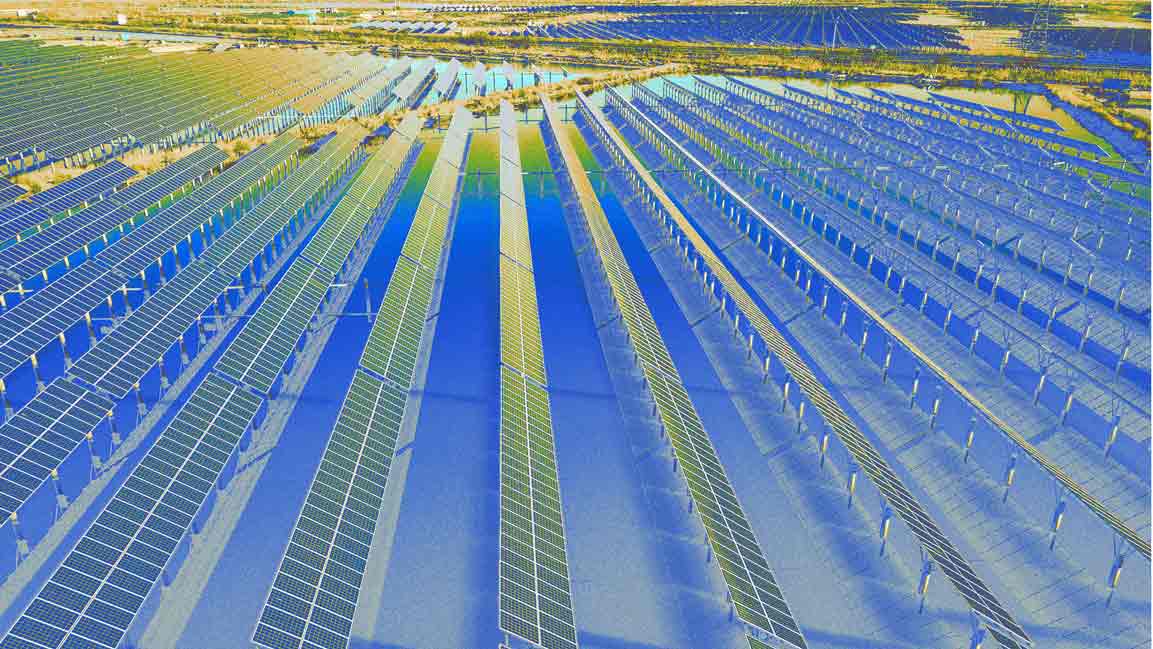- | 11:00 am
Saudi Arabia leads solar energy shift in the Middle East
The Middle East's total solar capacity surpassed 16 GW by the end of 2023 and is set to reach nearly 23 GW by the end of 2024.

The Middle East is on a promising path toward a cleaner energy future, with Saudi Arabia leading the charge in solar power adoption.
Saudi Arabia is leading the region’s solar revolution, achieving a world-record low-levelized cost of electricity for solar photovoltaics at $10.4 per megawatt-hour, according to a new report by Rystad Energy, a Norwegian business intelligence firm.
The report highlights a growing focus on regional solar power, driven by factors like low development costs, large-scale projects, declining equipment prices, and abundant sunshine.
“The region has exceptional solar energy potential, receiving more than 2,000 kilowatt-hours per sq. m. annually in solar irradiation in countries such as Saudi Arabia, the UAE, and Oman,” the report says.
The Middle East’s total solar capacity surpassed 16 gigawatts by the end of 2023 and is projected to reach nearly 23 GW by the end of this year. Rystad Energy forecasts this growth to accelerate, exceeding 100 GW by 2030, with green hydrogen projects contributing to a substantial 30% annual increase.
Saudi Arabia, UAE, and Oman are expected to be solar leaders. These countries are projected to account for nearly two-thirds of the region’s total solar capacity by 2030.
By 2050, renewable energy sources like solar, hydro, and wind are expected to contribute a staggering 70% to the Middle East’s power generation mix, a dramatic leap from the current 5%.
Despite the rapid growth in renewables, the region will rely heavily on natural gas in the near future, with usage peaking around 2030. Currently (as of the end of 2023), fossil fuels dominate power generation at 93%, with renewables at a meager 3% and nuclear and hydro at 2% each.
The report predicts a significant rise in battery storage capacity in the 2030s to support the integration of solar and wind power. This shift will significantly reduce the reliance on natural gas, with its share in power generation projected to drop from 74% in 2023 to just 22% by 2050.































